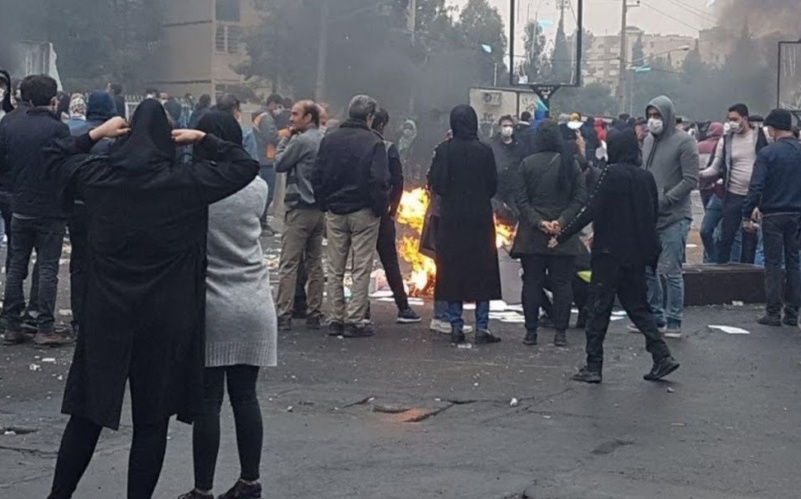Demonstrators at a protest sparked by a reduction of gasoline subsidies in Iran, November 2019
Trying to deliver its budget amid economic crisis, Iran’s Rouhani Government has sold off State-run companies to pay for subsidies and pay off debts.
The Cabinet agreed on Sunday to divest the remaining shares in seven oil, manufacturing and investment companies, selling them to the Saderat, Mellat and Tejarat banks.
The companies include refineries in Tehran, Tabriz, Esfahan, and Bandar Abbas; the National Investment Company of Iran; HEPCO Machineries; and Iran Transfo, which designs and manufactures transformers.
The step is expected to generate 435 trillion rials (about $1.7 billion).
Last month the Iranian Parliament obligated the Government to pay $2.25 billion in direct cash handouts to Iranians most affected by the Coronavirus pandemic.
But the Government, seeking ratification of its budget for 2020-2021, is facing sharp reductions in both oil and non-oil revenues amid long-term structural problems, comprehensive US sanctions, and the pandemic.
Oil exports fell up to 95% from their level of 2.5 million barrels per day in April 2018. Revenue, which was more than $110 billion 2011 and $62 billion in 2018, dropped to less than $10 billion in 2019 and has been projected at just over $5 billion this year.
Despite the drop, President Hassan Rouhani is basing the 2020-2021 budget on exports of 2.3 million bpd.
Shipping analysts calculated that Iran exported about 1.2 million bpd in September, and almost as much in October. However, much of this has been in barter with countries such as Venezuela and in a credit line to Syria, with claims of illicit shipments to China to evade the American sanctions.
See also Rouhani Bases Government Budget on Huge Surge in Iran’s Oil Sales
Meanwhile, Iran’s non-oil exports to its largest customers has declined this year: about 60% with China and the Gulf States, 75% with Turkey, and up to 95% with India, China, and South Korea.
Rouhani Insists: “Realistic and Accurate” Budget
While about 35% of the revenues from the sell-off of State companies will go to subsidies, the majority of the funds will reimburse Government debts to the three privately-owned banks.
In a statement on Sunday, Rouhani ignored the details and issued the anodyne declaration, “People expect the country’s officials to work hard to overcome the problems and pave the way for the development of the country’s economy.”
He continued, “The budget bill is the result of detailed studies within the track of the country’s development and accurate assessment of the needs of different classes of the people, and in this regard, next year’s budget, while coherent and purposeful, is realistic and accurate.”
The Government’s sudden reduction of gasoline subsidies in November 2019 sparked nationwide protests over four days. The demonstrations were suppressed by security forces. At least 304 people killed — many shot at close range and as they fled — and thousands were detained, according to Amnesty International.
See also Iran’s Mass Arrests, Disappearances, and Torture After November 2019 Protests — Amnesty


“The demonstrations were suppressed by security forces. At least 304 people killed — many shot at close range and as they fled — and thousands were detained, according to Amnesty International.”
Once again, Amnesty only named 232 persons. The Iranian authorities say 224 civilians were killed.
Once again, there is no mention of the fact that the “protests” turned violent when gangs of vandals torched banks, looted shops and attacked the police – the photographic evidence for this is clear. According to Mojtaba Zolnour, 23% of those killed died in either firefights with the security forces or in assaults on police stations and paramilitary bases. Armed opposition groups – like the MEK, ISIS and PJAK – were involved in the clashes. Many innocent bystanders – who were not protesting – were also killed.